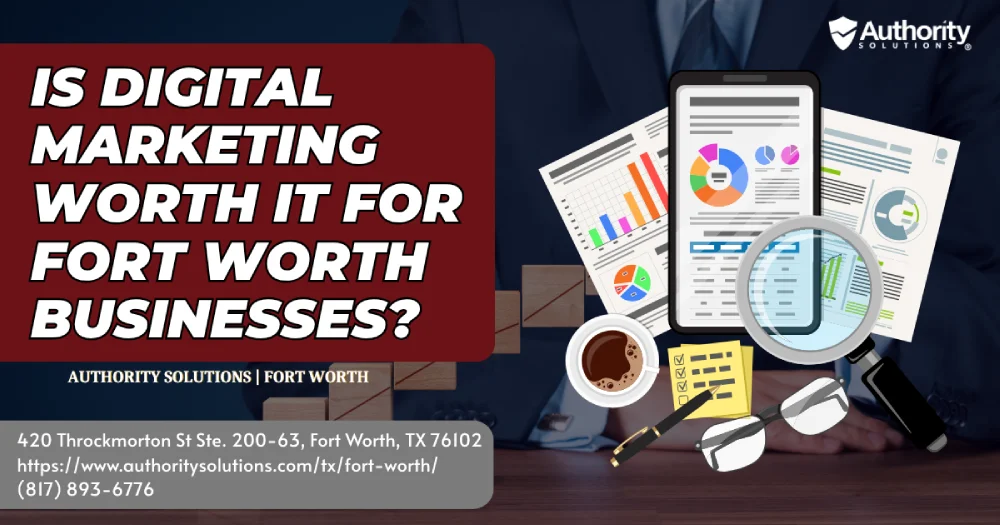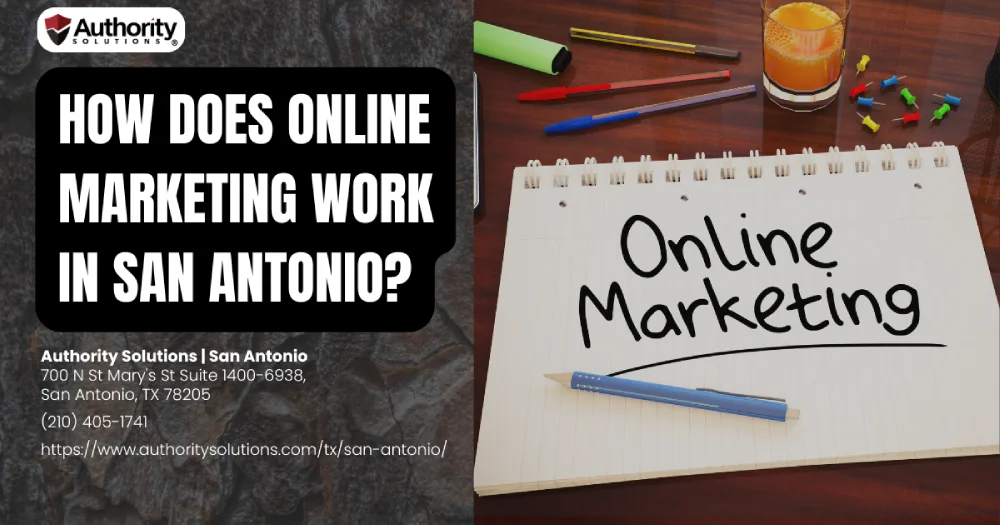What Is a Content Plan in Marketing?
A content marketing roadmap is your essential marketing roadmap that helps guide your content creation and distribution efforts. It guarantees each piece of content you create aligns with your overall business goals, making your content marketing strategy more effective. By outlining clear marketing goals and target audience specifics, you maximize engagement and enhance brand awareness. Plus, it allows you to track performance and adjust your approach as needed. Discover how to create a content plan that works for you.
#WhatIsAContentPlanInMarketing
Key Takeaways
- A content plan serves as a roadmap, guiding marketing efforts to achieve specific goals and objectives.
- It outlines target audience insights, ensuring content aligns with their preferences and interests.
- The plan identifies various content types and distribution channels for effective engagement.
- A content calendar helps schedule production and sharing, maintaining consistency in messaging.
- Success is measured through analytics, allowing for performance tracking and strategy adjustments.
Definition and Purpose of a Content Plan
When you're looking to manage your marketing team effectively, a content plan serves as an essential content roadmap. It's a thorough strategy that outlines your goals, objectives, and the specific actions needed for creating and distributing content. This tactical document guarantees your content aligns with the overall marketing plan, defining what to create and when to execute it. The purpose of a content plan is to ensure your content is produced and shared at the right time, maximizing its impact. It streamlines the creation process, maintains consistency, and helps you target the right audience. By providing strategic alignment, a content plan not only enhances brand awareness and engagement but also tracks performance, allowing for timely adjustments. Additionally, having a well-structured template can significantly improve your content planning and production efficiency. A well-documented strategy can lead to higher success rates in your content marketing efforts.
So if you’ve been wondering, what is a content plan in marketing, it’s the foundational framework that ensures your efforts are not random but purposeful and results-driven.
Key Elements of an Effective Content Plan
A successful content plan hinges on several key elements that assure its effectiveness and alignment with your marketing strategy. First, you need to establish clear content goals and define your target audience through persona research. Next, identify the types of content you'll create—like blog posts or videos—and determine the distribution channels, such as social media or email. Utilizing planning tools like a content calendar will help you schedule and manage your content effectively. Additionally, conduct a content audit to identify gaps and source ideas that resonate with your audience. This process helps in creating multi-purpose content that can significantly increase ROI on your initial investment. Finally, measure performance with metrics and KPIs to confirm your content strategy evolves with your business objectives. This structured approach lays the foundation for impactful content, ensuring that you analyze content value based on pre-determined goals and KPIs.
An effective initiative within your content plan includes setting milestones to track progress. Your team members should collaborate to ensure content aligns with best practices and meets business objectives. A content roadmap helps streamline processes, and your roadmap should include key elements such as scheduling, topics, and performance metrics. In strategic planning, engaging your stakeholder ensures alignment with business objectives. A content plan is a tool that helps achieve long-term marketing success by providing structure and measurable outcomes.
Benefits of Implementing a Content Plan
Implementing a content plan not only streamlines your marketing efforts but also greatly enhances your brand's visibility and engagement. By adopting a clear content strategy, you can reap several benefits:
- Improved Audience Engagement: Tailored content fosters stronger connections with your audience.
- Consistent Messaging: A content plan guarantees your brand messages are coherent across all channels.
- Maximized ROI: Strategic promotion and analysis of content performance lead to better resource utilization.
Additionally, a well-structured content plan can boost your brand impressions and set the stage for future engagement. These advantages allow you to effectively reach your target audience, improve brand positioning, and maintain a competitive edge. With a solid content plan, you'll not only keep your audience engaged but also drive your marketing success forward. Embrace this roadmap for a more organized and effective approach to content marketing!
Steps to Create a Successful Content Plan
Creating a successful content plan requires careful consideration of your goals and audience needs. Start by setting SMART goals that align with your content marketing goals, ensuring you focus on audience segmentation. Prioritize these objectives to determine what's most important. Next, conduct market research to brainstorm content ideas, ensuring every content piece aligns with your audience's interests. Develop a content calendar to schedule and maintain consistency in your content creation process. Clearly assign roles for content projects and distribution, and choose the right channels to reach your audience effectively.
Utilize roadmap software to create a visual representation of your marketing efforts and ensure a comprehensive roadmap for execution. Like any roadmap, planning ahead helps you create a winning content strategy. A roadmap is a high-level guide that provides a clear strategy to build an effective content framework.
Monitor performance using analytics tools, allowing you to adjust your approach as needed. Marketing roadmaps requires continuous updates to adapt to the changing marketing landscape. A structured approach will help you publish new content that resonates with your audience, supporting a solid digital strategy. This ensures you keep your marketing efforts aligned with long-term business objectives and effectively create an effective content plan that drives results.
Understanding Your Target Audience
Understanding your target audience is key to crafting content that truly resonates. To effectively connect, consider these three aspects:
- Target Audience Demographics: Identify age, gender, and income to tailor your message.
- Psychographic Audience Insights: Explore values, interests, and lifestyles to create relatable content.
- Behavioral Segmentation Strategies: Analyze purchasing behavior to personalize content and enhance engagement.
Utilizing geographic targeting techniques guarantees your content reaches the right local audience. By implementing content personalization methods, you can address specific needs, fostering loyalty. Remember, the more you understand your audience, the better your audience engagement tactics will be, leading to more successful marketing efforts. Focus on these insights, and you'll create content that truly resonates with your audience.
Types of Content to Include
When planning your content, it's essential to evaluate the types that resonate best with your audience. Blog posts can provide valuable insights, while videos engage viewers in a dynamic way. Infographics and visuals further enhance understanding, making complex information more accessible.
Blog Posts Overview
Blog posts can take many forms, each serving a unique purpose in engaging your audience. Understanding different content types enhances your blog structure and keeps your readers interested. Here are three popular types of blog posts you can create:
- List Posts: These provide streamlined information that attracts attention and encourages sharing.
- How-to Guides: Step-by-step content that helps solve problems and showcases your expertise.
- Personal Stories: Sharing your experiences builds trust and connects emotionally with your audience.
Video Content Benefits
Video content has become an essential part of any successful marketing strategy, as it not only captivates your audience but also enhances engagement and conversion rates. With 86% of marketers noting that video drives more website traffic, it's clear that incorporating various types of video can greatly impact your results. Demo videos showcase products, while brand videos build trust with potential customers. Interviews and webinars provide valuable insights, and animated videos can entertain and inform effectively. Additionally, when video is featured on landing pages, conversion rates can soar by 80% to 300%. By leveraging video engagement, you can create a dynamic content plan that not only holds attention but also encourages your audience to take action.
Infographics and Visuals
Infographics and visuals can greatly enhance your content strategy, as they simplify complex information and make it more digestible for your audience. Incorporating effective infographic design can elevate your visual storytelling. Here are three types to evaluate:
- Informational Infographics: Ideal for explaining concepts with a balanced mix of text and visuals.
- Interactive Infographics: Engage users by allowing them to explore data on their own, fostering deeper understanding.
- Timeline Infographics: Showcase the progression of events or trends, making historical data easier to follow.
Choosing the Right Distribution Channels
When it comes to choosing the right distribution channels, you need to contemplate your audience's preferences, channel performance metrics, and how well your content formats align with each channel. Understanding these factors can help you select the most effective platforms for reaching your target audience. Let's explore how each of these points can influence your distribution strategy.
Audience Preferences Analysis
How do you determine the best distribution channels for your audience? It starts with understanding their preferences and behaviors. Here are three steps to guide you:
- Analyze Demographics: Use data analytics tools to identify traits like age and gender, which impact how your audience responds to content.
- Explore Consumer Behavior Trends: Investigate purchasing habits and engagement patterns to tailor your marketing strategies.
- Implement Audience Segmentation Strategies: Segment your audience based on their preferences and choose channels—like social media, websites, or podcasts—that resonate most.
Channel Performance Metrics
To effectively choose the right distribution channels, you need to closely examine channel performance metrics that reveal how well those channels resonate with your audience. Start by evaluating revenue and sales metrics, like sales revenue generated from partnerships and customer acquisition rates. These figures help you understand the financial impact of your channels. Next, look at engagement metrics, such as partner-generated leads and satisfaction levels, to gauge partner effectiveness. Performance evaluation should also include a comparison of different distribution options and an analysis of costs versus profit margins. By reviewing these channel metrics, you'll make informed decisions that align with your target market's needs, driving better results for your content plan.
Content Format Compatibility
Which content formats resonate best with your audience? Understanding their preferences is essential for overcoming compatibility challenges. Here are three key content formats to reflect on:
- Videos: Perfect for engaging users on platforms like Instagram and TikTok.
- Infographics: Great for sharing complex information in a digestible format on social media or blogs.
- Blogs: Ideal for in-depth content, suited for platforms like LinkedIn.
Measuring Success and ROI of Content Plans
Measuring the success and ROI of your content plans is essential for understanding their impact on your business objectives. By defining clear business goals and aligning them with content analytics, you can track performance effectively. Utilize the SMART framework to make your goals actionable, and identify key performance indicators (KPIs) that reflect engagement metrics like landing page traffic and conversions. Regularly evaluate these metrics to gauge success and adjust your strategy accordingly. Conducting a content audit helps pinpoint the most relevant metrics, while a spreadsheet can streamline tracking over time. Ultimately, calculating ROI requires monitoring lead generation and production costs, ensuring your content efforts drive tangible results for your business.
Common Challenges in Content Planning
While planning content can be an exciting endeavor, it often comes with its fair share of challenges that can hinder your success. Here are three common hurdles you might face:
- Approval Bottlenecks: Lengthy approval processes can delay your content's publication, affecting your ability to capitalize on trends.
- Budget Constraints: Limited funds might restrict your ability to hire experts or invest in high-quality production.
- Audience Segmentation: Understanding your audience is essential, yet many struggle with effective content brainstorming and trend monitoring.
To overcome these issues, focus on skill development, content repurposing, and platform adaptation. By addressing these challenges head-on, you'll enhance your content strategy and resonate better with your audience.
Conclusion
At Authority Solutions®, we believe a well-structured content plan is crucial for achieving marketing success. Our approach helps you stay organized, understand your audience deeply, and select the most effective content types and channels. By measuring your results and addressing common challenges, you can refine your strategy to achieve better ROI. We encourage you to dedicate time to crafting a content plan that aligns with your business goals—this will serve as your roadmap to effective marketing and strengthen your connection with your audience.
Frequently Asked Question
How do I create a content plan that aligns with my overall marketing strategy?
Creating a content plan that supports your broader marketing strategy starts with understanding your business goals and audience. A content plan in marketing acts as a roadmap, detailing what content to produce, who it’s for, where it should be shared, and how to measure success. Use a content calendar to manage timing, and analytics tools to evaluate performance and adjust as needed.
What are the key components of an effective content plan?
An effective content plan includes clear marketing objectives, audience personas, individual pieces of content, distribution channels, a content calendar, and performance tracking. It ensures consistency, optimizes resource allocation, and provides a structured approach for maximizing engagement and ROI.
How can I identify the best channels for distributing my content?
Analyze audience behavior, preferences, and engagement patterns to determine the most effective platforms. Test different channels like social media content, email, blogs, and video platforms while tracking performance metrics to optimize distribution efforts.
What types of content are most effective for engaging my target audience?
The most effective content varies by audience but often includes blog posts for in-depth information, videos for high engagement, infographics for easy comprehension, and interactive content like quizzes or polls to boost interaction and retention. Effective content roadmaps ensure that you use the right mix of content for each stage of the marketing funnel.
How do I measure the success of my content plan?
Track key performance indicators (KPIs) like traffic to your website, engagement metrics, conversion rates, and ROI. Regular content audits, A/B testing, and analytics tools help assess performance, allowing for continuous improvements and strategy refinement.
Why is a content calendar important for content planning?
An effective content calendar helps maintain consistency, streamline your content production, and align content with business goals. It ensures deadlines are met, prevents content gaps, and improves collaboration within the content marketers team.
How often should I update my content plan?
Regularly update your content marketing plan based on performance metrics, audience feedback, and industry trends. A quarterly review ensures your strategy remains relevant and effective.
What role does SEO play in a content plan?
SEO enhances content visibility by optimizing keywords, meta descriptions, and backlinks. A well-optimized content strategy roadmap improves organic reach, driving more traffic and increasing audience engagement.
How can I repurpose content for multiple platforms?
Repurpose content by turning blog posts into digital content for different platforms like marketing campaigns, infographics, or videos. Reformatting existing content for content across various channels maximizes reach and engagement without creating content from scratch.
What common mistakes should I avoid when creating a content plan?
Avoid inconsistent posting, neglecting audience research, failing to track performance, and producing content without setting content goals. A structured strategy with defined objectives helps you implement an effective plan and prevents these common pitfalls. Marketing roadmaps help keep content aligned with long-term marketing activities and marketing programs today.









